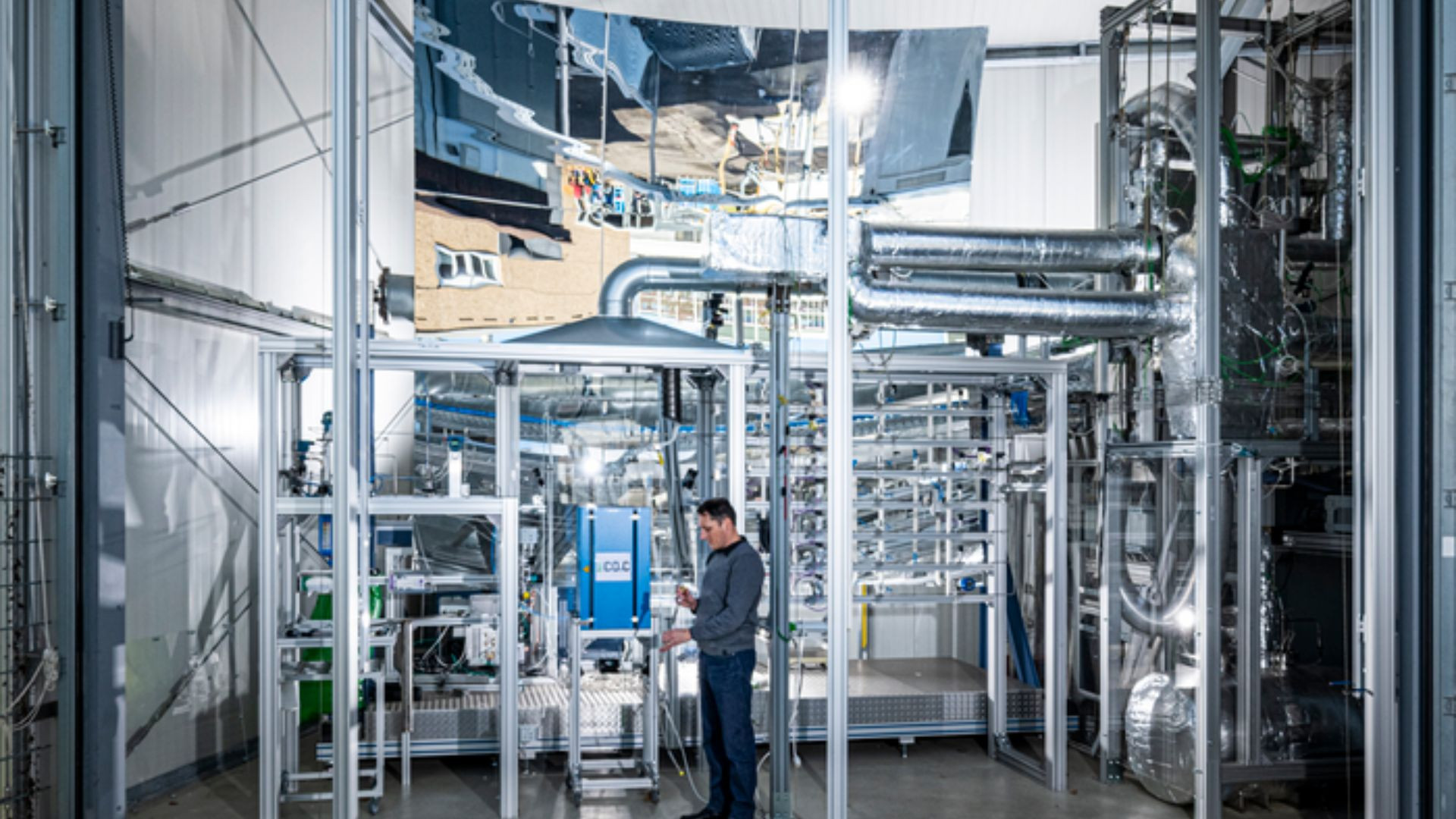German researchers develop process that produces carbon out of air
The reaction results in components – carbon and oxygen, forming new bonds, and the CO2 is converted into methane and water. While the water flows back to the electrolyzer, the methane, including the carbon, ends up in a reactor with liquid tin.
In the final step, “a pyrolysis reaction splits the methane molecules, creating hydrogen, which can be returned to split CO2.” The remaining carbon, which floats on the tin as micro granules can be removed mechanically.
The team was able to alter the parameters like temperature level to produce different carbon modifications like graphite, carbon black, or even graphene.
The second phase will help scale the process
Opportunities to scale up and optimize the process for expansion will be the primary objective of phase two of the project.
“We are planning to make the procedure more energy-efficient by improving the energy recovery from the process heat,” said project director Dr. Leonid Stoppel from the Karlsruhe Liquid Metal Laboratory.
The team is also looking into integrating high-temperature heat storage and direct solar heating in the process.



Comments are closed.